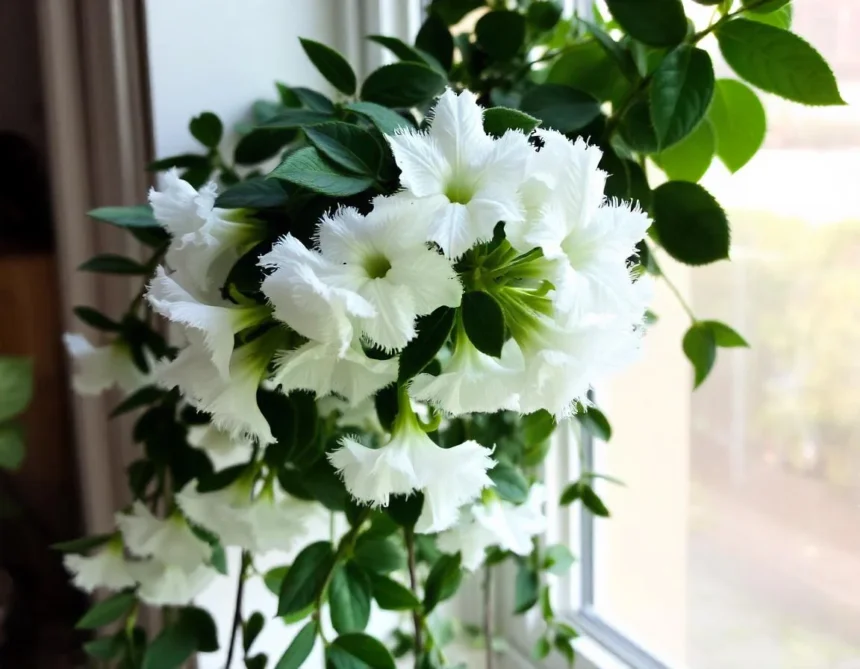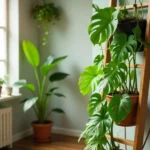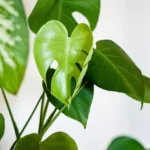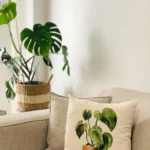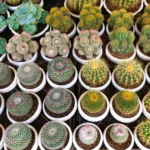When speaking about rare indoor plants, one needs to mention at least Alsobia Dianthiflora. This evergreen has striking, fuzzy foliage and very attractive flowers; it is also comparably easy to grow as an indoor plant. Because of that fact, it gains popularity day by day among the plant community. Still, this plant remains a bit underestimated in comparison with more popular succulents or ferns. The plant will allow for a variety of applications and may become what you’re looking for when you want something really extraordinary added to your collection.
1. What is Alsobia Dianthiflora?
Also known as the “Lace Flower” or “Zebra Vine,” Alsobia Dianthiflora belongs to the same Gesneriad family that African violets do. It cascades down, ideal in hanging baskets where the white flowers, fringed with a decoration resembling fringe, cascade down beautifully. The foliage is soft and plush, but most people grow this plant for its unique flowers, which may bloom throughout the year under the right conditions.
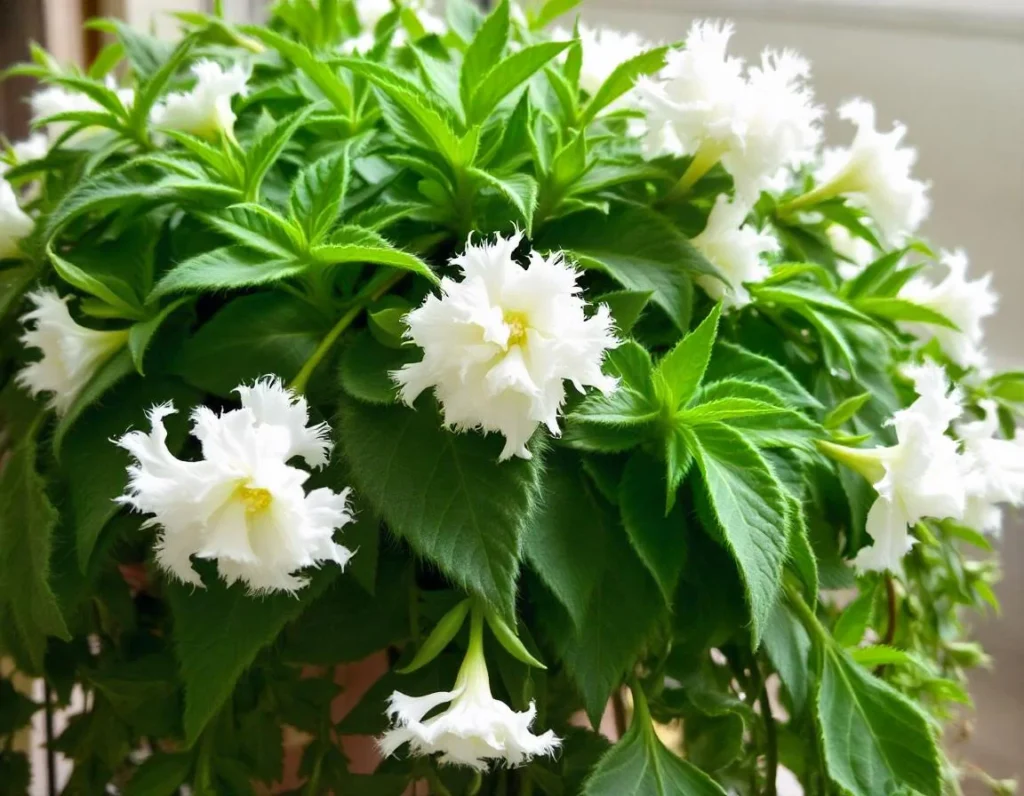
2. Why grow Alsobia Dianthiflora?
Thus, one of the most important reasons indoor plant lovers fall so deeply in love with Alsobia Dianthiflora is because it is just so easy to look after. If you’re tired of finicky plants that take up too much of your time and energy, this may be something you’d want to consider. With fuzzy leaves and trailing stems, this little fella gives texture and visual interest to any indoor space. And blooms resemble tiny, lace-like trumpets, making quite a showpiece.
3. Basic Care for Alsobia Dianthiflora
Lighting for Alsobia Dianthiflora
Most indoor plants do great in bright, indirect lights, and that is the case with Alsobia Dianthiflora. It can take a little direct sunlight, especially morning sun, but it could scorch if getting too much direct light. If your home lacks bright sunlight, this plant is also quite adaptive to artificial lighting, making it ideal for indoor gardeners that have limited light.
Place your Alsobia Dianthiflora close to a window that receives either southeast or east light to enjoy some hours of gentle morning sun.
4. Watering Your Alsobia Dianthiflora
Overwatering, causing root rot, is one of the biggest concerns among new plant owners. With Alsobia Dianthiflora, it is best to let the top inch of soil dry out before you water again. The fuzzy texture of the leaves makes this plant slightly more drought-tolerant than some, yet a regular schedule must be maintained.
Pro Tip: Always use room-temperature water, without splashing the leaves with water to avoid potential fungal issues.
5. Temperature and Humidity
This plant grows best in temperatures from 60-80°F (15°-27°C). This makes it an ideal plant to be grown indoors. It’s also relatively tolerant of a range of humidity levels, though it thrives in environments with at least 50% humidity. If your home tends to be on the drier side, consider using a humidity tray or a room humidifier to keep your plant happy.
6. Soil and Repotting
Coming to the soil, Alsobia Dianthiflora requires well-draining soil. Use a potting mix for African violets because it gives the right amount of moisture retention with good aeration. You can add some perlite or sand to ensure proper drainage. Regarding repotting, this plant does not suffer from being a little root-bound, so you only need to consider repotting every two to three years.
7. Propagate the Alsobia Dianthiflora in a Few Easy Steps
One of the things that’s really good with the Alsobia Dianthiflora is that it is relatively easy to propagate. Whether expanding one’s plant collection or sharing cuttings with friends, it is not easier than this.
Step 1: Take a Cutting
Find a healthy stem that contains a couple of leaves and snip it just below a node.
Step 2: Prepare the Cutting
Remove the bottom leaves of the cutting, leaving only a few on the top.
Step 3: Plant the Cutting
Place the cutting into the moist potting soil or water whichever your choice is. If you opt to use soil, make sure that it is moist, though not soggy, throughout the rooting process.
In a couple of weeks, you should start to see some roots forming, and before you know it, you will have a brand-new Alsobia Dianthiflora to add to your collection.
8. Common Problems and How to Remedy Them
Yellow Leaves
When your Alsobia Dianthiflora turns yellow in color, suspect overwatering or too much direct sunlight. Check the soil for dryness, and change the frequency in your watering schedule if need be. Also, make sure the plant isn’t getting too harsh sunlight.
Leaf Drop
If the plant is exposed to cold drafts or sudden temperature changes, it can drop leaves. Place your plant in a stable environment, and avoid placing the plant near windows where cold breezes may blow through.
No Blooms?
If your Alsobia Dianthiflora isn’t flowering, then it is most likely not receiving sufficient light. Please relocate it to a brighter location or supplement the plant with a grow light. Remember, the fancy blooms of this flowering plant prefer indirect light, though plenty of light nonetheless.
Thanks to its trailing growth habit, Alsobia Dianthiflora looks dazzling in hanging baskets or perched on a plant stand where its tendrils can cascade freely. Its unique fuzzy leaves give your indoor garden a textural element, making it a fantastic companion plant for smoother-leaved companions like pothos and snake plants.
9. Benefits of Growing Alsobia Dianthiflora
Besides adding beauty to space, Alsobia Dianthiflora has other benefits associated with it. The small size makes it fitting for small areas, and it is said to purify the air well, adding to indoor air quality. More importantly, it has been proved that taking care of plants reduces stress and enhances one’s feelings of well-being. This makes Alsobia Dianthiflora another addition to your home, which is not only beautiful but also very beneficial in many ways.
10. Alsobia Dianthiflora in the Home: Feng Shui and Well-being
Plants are often used in Feng Shui to help the energy flow within the environment. Since Alsobia Dianthiflora is soft and trailing, it is a perfect plant for those who would wish to have calmness in the environment like a living room or office space to help make it tranquil and balanced.
11. Where to Buy Alsobia Dianthiflora
Though less popular compared to a few other houseplants, you can find the Alsobia Dianthiflora in some specialized nurseries or plant online shops. Take good care to buy from a reputed seller so that you receive a healthy plant.
Reasons You Should Have Alsobia Dianthiflora in Your Plant Collection
If you are looking to grow the easily grown plant that offers unique looks with delicious blooms, this is probably going to be one of the best options Alsobia Dianthiflora. This plant impresses any handler with its soft and fuzzy leaves, trailing stems, and lacy flowers. Being low-maintenance, it will be quite easy even for a beginner to handle. Add Alsobia Dianthiflora to your collection, and you’ll get an outstanding reward one beautiful, easy-to-care-for plant blooming some color into your home year-round.
For creative ways to display your Alsobia Dianthiflora, check out this guide on indoor plant hangers to elevate your space beautifully.

